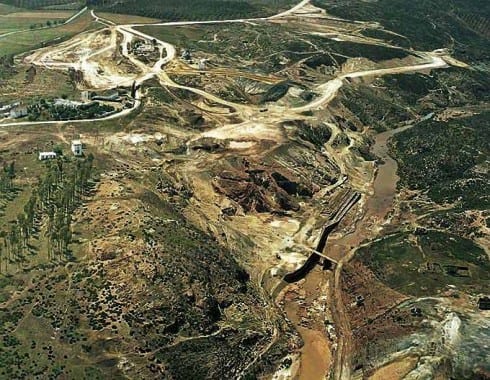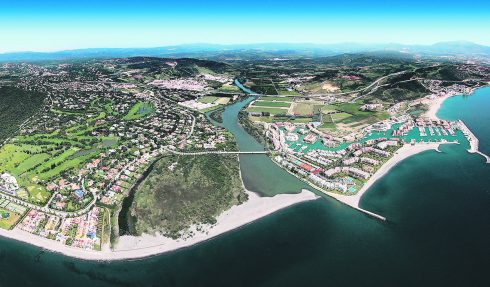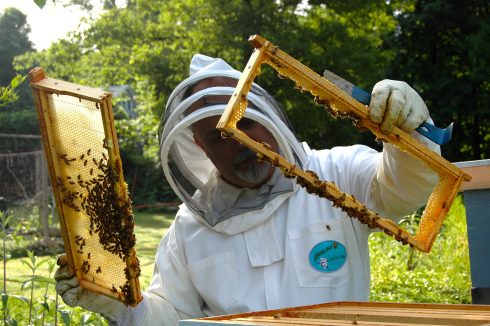THE wild feline of the Iberian Peninsula faces a pre-extinction scenario a recent study reveals.
According to the latest publication by the Red Book Assessment for the European wildcat (Felis silvestris), promoted by the International Union for Conservation of Nature (IUCN), the small feline in the Iberian Peninsula is in a ‘pre-extinction’ state and faces an alarming scenario for survival, especially in the south and centre of the peninsula where there is low occupation with extreme fragmentation.
This study also reveals some knowledge gaps, particularly with regard to their abundance and trends.
Moved by this situation, a group of more than 30 Iberian specialists in this small cat has evaluated the situation of this species to establish an action plan for its protection and conservation.
The different groups that work with the species shared for the first time the information available for different regions of Spain and Portugal, reaching the main conclusion that there are two different and contrasting situations of the species in the Iberian Peninsula.
In the north and northeast, the species is apparently well distributed with relatively high densities.
However, in the south and center of the peninsula there is low occupancy with extreme fragmentation and low density.
The team of experts, led by Emilio Virgós, a researcher in the area of Biodiversity and Conservation at the Rey Juan Carlos University, points out that urgent actions are required to clarify the causes of this widespread decline and design the necessary conservation measures. particularly in the Mediterranean subpopulation.
Currently, and under the coordination of Virgós and research director, José María Gil-Sánchez, a national census of the species is being carried out with the collaboration of dozens of volunteers.
The census, carried out with photo-trapping cameras, will end this summer and will have covered more than 120 points (of 2000 hectares each) distributed throughout the Spanish geography.
This census should provide a first good quantitative diagnosis of the current situation of this wild cat in Spain and aid in establishing an action plan for its future protection and conservation.
READ MORE:
- Forty-three Iberian lynx cubs born in Spanish reintroduction program throughout 2022
- Oldest known Iberian lynx in Spain has died











